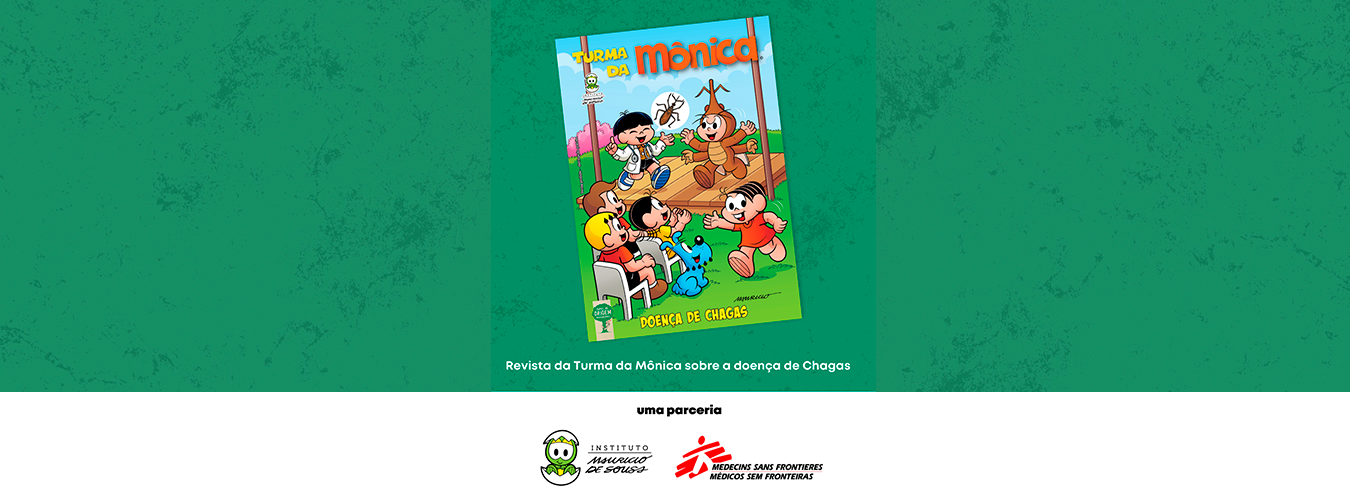



Chagas disease is an infectious disease caused by the protozoan Trypanosoma Cruzi. Well-known for being caused by the bite of the “kissing bug” insect in the Americas, it is actually transmitted when humans come into contact with the contaminated feces of this insect, which can happen when someone is bitten, or when they ingest contaminated food. However, few know that Chagas disease can also be transmitted from an infected mother to her baby.
There are more than around 7 million people affected by Chagas disease in the world today, but only 1 out of 10 patients have been diagnosed. There is treatment for the disease, but if left untreated it can generate severe heart and digestive system problems over the years (like increased heart size).
Chagas disease is endemic across Latin America. The disease is not outdated and has not been overcome; about 65 million people are still at risk of being infected in the world, and 12 thousand people die every year due to associated conditions.
As a neglected disease, it has fallen into the oblivion of society and public policies with almost no commitments or investments to fight it. But Chagas disease is still a serious public health problem.
Nowadays, the majority of people living with the disease are in urban areas and many live in non-endemic countries. The places where affected people are located has changed and transmission has been significantly reduced, but challenges related to access to diagnosis and treatment still remain.